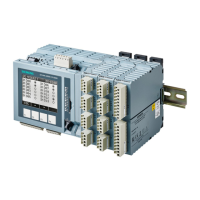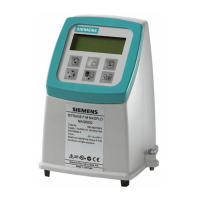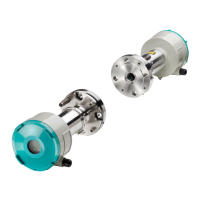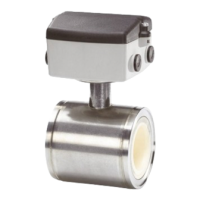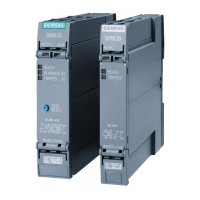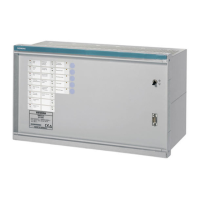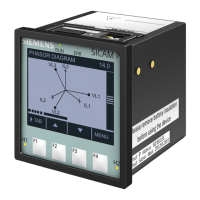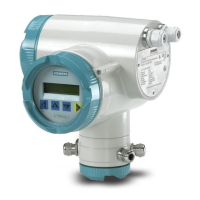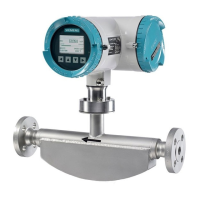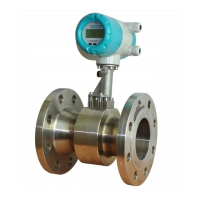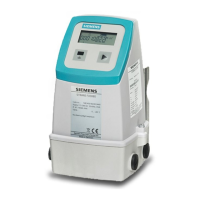Functions
6.9 [2.10] Settings > Correction of cross-interferences
Operating with the Local User Interface
Operating Manual, 06/2017, A5E31930478-05
165
CALOMAT 7 application scenarios
Note
Application scenarios
CALOMAT
7 analyzer modules can correct the effects of up to four interference gases in the
sample gas. For this purpose, the analyzer modules need to be prepared for specific
applications. This results in the following application scenarios:
Scenario 1: The operating conditions are known and taken into account when ordering.
Scenario 2: The operating conditions are not known when ordering or need to be
changed. In this case, contact your Siemens partner → AUTOHOTSPOT.
Table 6- 45 CALOMAT 7: Application scenario 1
Description of application scenario 1
Conditions
• The interference gas concentration is known and is assumed to be constant.
• The influence of the interference gas is known
Enter the constants in the unit of the measured value.
The specified constant is subtracted from the measured value.
Table 6- 46 CALOMAT 7: Application scenario 2
Description of application scenario 1
Conditions The following applies for the specific application:
• The additional interference gases in the sa
mple gas are known at the time of
ordering. Up to four interference gases can be corrected.
•
The interference gas influence of up to four interference gases is determined
based on the application during the ordering process.
Consequences
• The measurement of the interference gases defined at the time of ordering
is approved by the factory.
• Reference values for correction of cross-interference or correction coeffi-
cients are generated at the factory based on the application and stored in
the CALOMAT 7 analyzer module.
Result The interference gas influence is determined from the measured interference
gas and the application-specific reference values stored in the device.
• Scenario 1: The interference gas concentration is measured and is valid.
• Scenario 2: The interference gas concentration cannot be measured or is
invalid. A substitute value is used instead of the measured interference gas
value.

